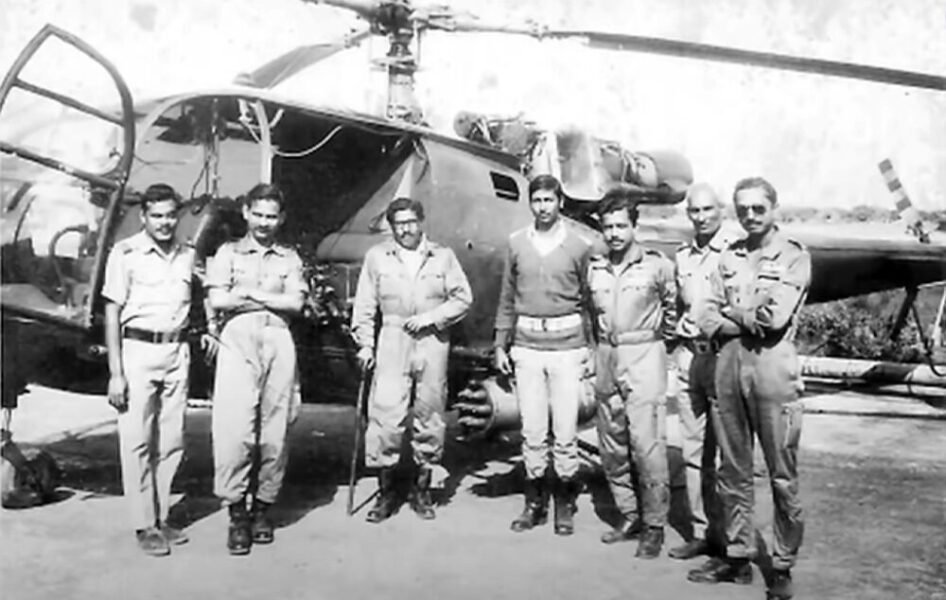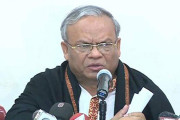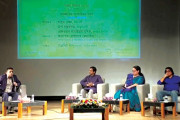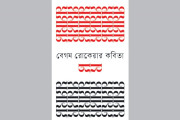BAF conducted around 80 air strikes in December 1971, say researchers
Kamrul Hasan: On December 3 and 4, 1971, the Bangladesh Air Force (BAF) announced its arrival in the Liberation War with the first of several daring raids.
Twin air strikes in Chittagong and Narayanganj took out crucial fuel depots, grounding Pakistani jets. Freedom fighters on the ground continued their relentless push to reclaim the country’s soil, safe in the knowledge that the sky was theirs.
According to researchers, the newly formed BAF conducted around 80 air strikes in the last month of the Liberation War.
Pilots report for duty
When the military junta in Pakistan decided on military operations against Bangladesh, they discharged all Bengali pilots from duty and began monitoring them for signs that they could join the Liberation Forces.
Flight Lt Shamsul Alam was one of several pilots who evaded Pakistani spies to report for duty in Kolkata, India, where the Bangladesh government-in-exile was operating. He led the first airstrike in Chittagong.
“After overcoming all the hurdles and torture at the Pakistani base camp in Dhaka, I finally reached 8 Theatre Road in Kolkata. First, I reported to Group Captain AK Khandker, who welcomed me by saying that I had joined at an excellent time,” Flight Lt Shamsul Alam said.
“It was Bengali pilots who landed the first airstrikes in Chittagong during the Liberation War,” he added with a proud smile.
According to Bir Uttam Flight Lt Shamsul Alam, the first operation was named Kilo Flight after Group Captain Khandker, who was the deputy chief of staff of the Bangladesh Armed Forces during the Liberation War. Khandker would become the first chief of air staff of Bangladesh immediately after the war.
Squadron Leader Sultan Mahmud was nominated as the commanding officer of Kilo Flight.
By the time Flight Lt Shamsul reached Kolkata on September 28, 1971, a total of 57 Pakistan Air Force deserters, including seven pilots, had assembled there. The Indian government gave the budding BAF a large DC-3 Dakota aircraft, a smaller Otter aircraft, and an Alouette III helicopter.
Prior to his death in 2018, Liberation War researcher Qamrul Hassan Bhuiyan told this correspondent the Indian government could not donate fighter aircraft to the BAF for diplomatic reasons. However, the enthusiastic Bengali pilots happily accepted the donations from India and modified them for combat in a very short time.
The unit was ready to join the war after two months of training in the hills of India’s Dimapur, which provided a diverse and challenging environment.
During the training, two teams were formed. Squadron Leader Sultan Mahmud, who later retired as Air Vice Marshal, Badrul Alam and Captain Shahab would operate the helicopter, while Flight Lt Shashul Alam, Captain Akram and Sharfuddin took the aircraft.
Operation Kilo Flight
Initially, BAF planned to attack Dhaka by using the Dakota aircraft, but they decided against this as the Dakota was far too large and clearly visible from afar. It would also be difficult to reach Dhaka from Dimapur on any of the aircraft, as they did not have enough fuel capacity.
Eventually, it was decided that the Alouette would be used to attack the fuel depot in Narayanganj, while the Otter targeted Chittagong.
They would attack Chittagong first, taking off at Kailash Airport near Bangladesh’s Shamshernagar border.
All appeared to be ready, until the pilots were informed that the plan was cancelled on November 28.
Bir Uttam Shamsul Alam said: “We were disappointed. However, the situation completely changed after Pakistan launched its attack on India.”
Within hours of the Pakistani attack on December 3, the pilots received the message that the mission was on.
Flight Lt Shamsul Alam and Captain Badrul Alam were on board the Otter and took off at around 7:30pm.
The aircraft entered Bangladesh airspace without any navigational aids at midnight on December 4, 1971. They knew they were going in the right direction when they saw the Feni River.
When they reached the target, the Otter made four bombing runs. The pilots thought the first two bombs did not explode, but the third and fourth attacks were successful.
Around the same time, the Alouette took out the other fuel depot in Narayanganj. The loss of the two depots was a crippling blow to the Pakistan Air Force.
The aircraft and helicopter safely landed at Kumbhigram air base at around 2-3 am on December 4.
The two aircraft would take part in more than 80 missions alongside the Indian Air Force over the next 12 days, destroying more than 50 targets.








































































































































































